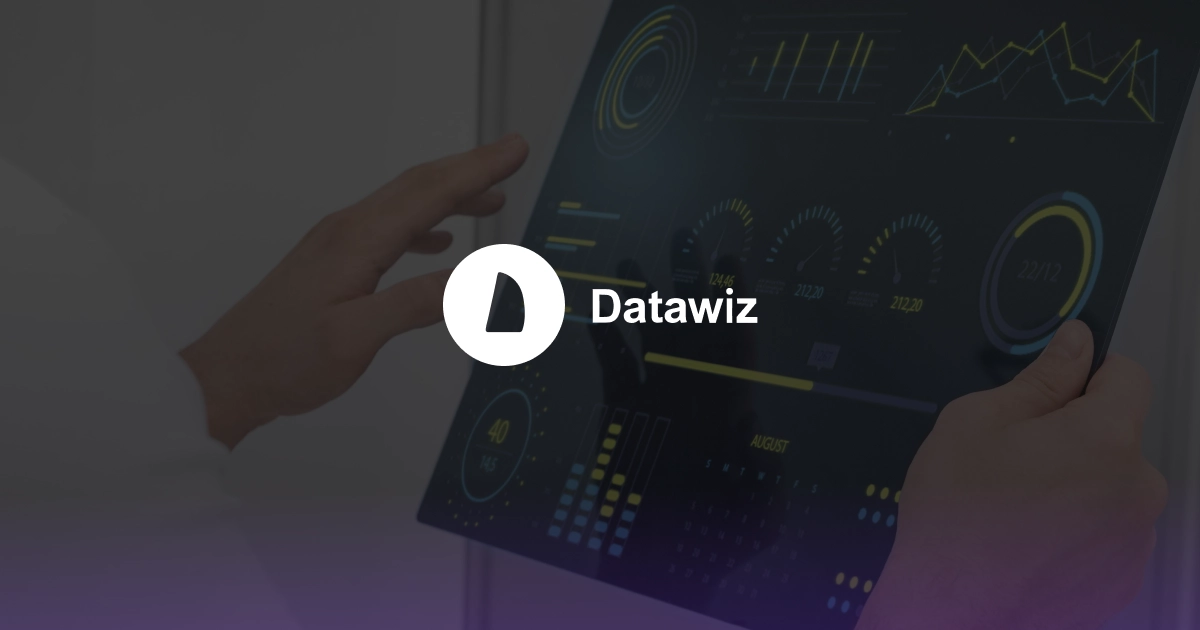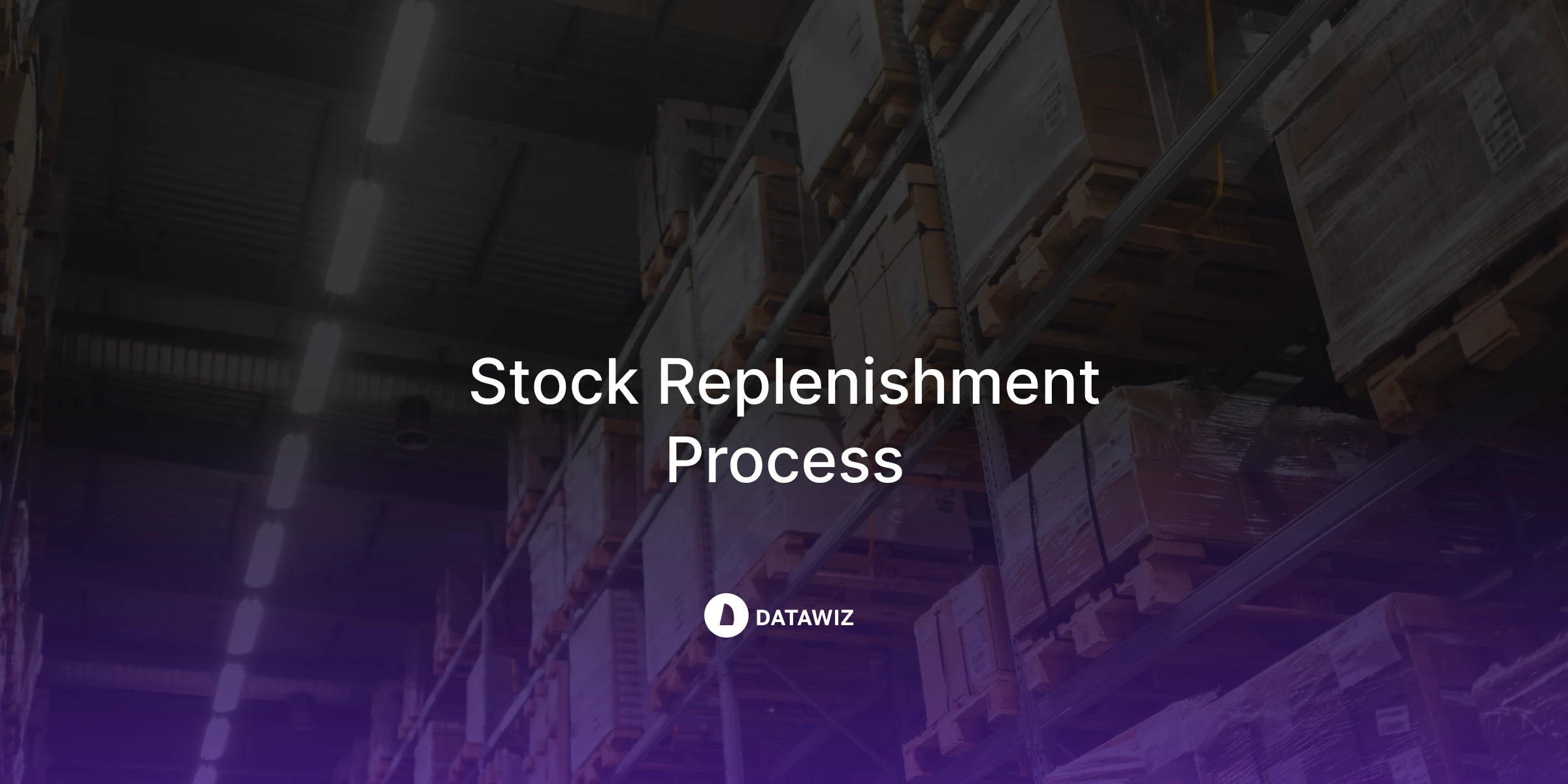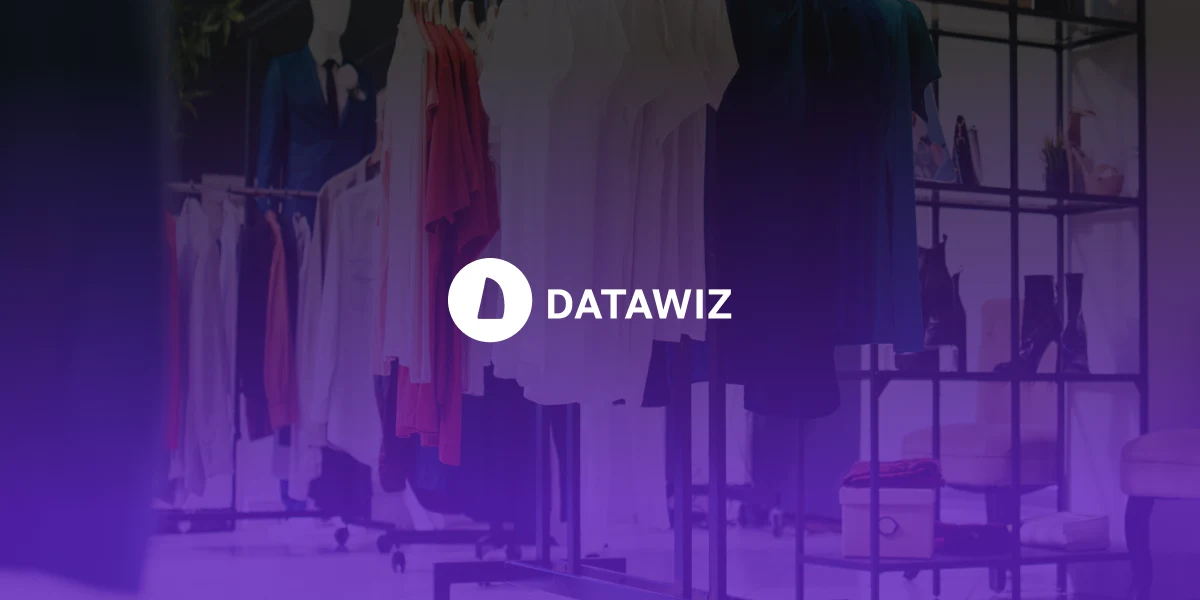In a data-driven retail environment, the ability to harness and transform business information into actionable insights is no longer a competitive advantage—it’s a necessity. This is where Business Analytics Reporting (BI Reporting) steps in as a pivotal tool for modern retail chains. From identifying customer behavior patterns to optimizing inventory and enhancing marketing strategies, business analytics reporting equips retailers with the knowledge they need to make data-informed decisions at every level.
What Is Business Analytics Reporting?
Business Analytics Reporting refers to the structured process of collecting, analyzing, and visualizing data to support informed business decisions. It combines the methodologies of descriptive, predictive, and prescriptive analytics with visual reporting tools to give retailers a clear view of their operations.
In simpler terms, BI Reporting transforms raw data into meaningful insights, turning spreadsheets into strategy and dashboards into decisive action.
Business Intelligence in Retail: Why It Matters
Retailers operate in one of the most dynamic and competitive sectors. Prices shift, demand fluctuates, consumer behavior evolves—and all of this happens in real time. Business analytics reporting helps retail professionals understand what is happening (descriptive analytics), anticipate what will happen (predictive analytics), and recommend what actions should be taken (prescriptive analytics).
Key benefits for retail include:
- Real-time inventory monitoring
- Category performance analysis
- Customer segmentation and behavior insights
- Sales forecasting
- Price optimization and markdown planning
- Omnichannel reporting
The Difference Between Analytics and Reporting
In retail analytics, it’s important to distinguish between analytics and reporting:
- Analytics answers thewhy. Why did sales drop in a specific region? Why did a particular promotion outperform others?
- Reporting answers thewhat. What were the sales last quarter? What were the best-selling SKUs last month?
Both work in tandem. Analytics provide depth, while reporting provides clarity. Together, they support smarter, data-driven decisions across the business.
Key Components of BI Reporting for Retail Chains
A successful BI reporting process in retail consists of several integrated components that work together to deliver accurate and timely insights:
1. Data Collection
Retailers gather data from a wide range of sources: POS systems, CRM platforms, supply chain tools, e-commerce platforms,loyalty programs, and even external sources such as market trends or competitor pricing. The goal is to collect clean, relevant, and timely data.
2. Data Preparation and Integration
Once collected, data needs to be cleansed and formatted for consistency. The ETL process (Extract, Transform, Load) ensures that information from disparate systems is integrated into a centralized data warehouse or BI tool.
3. Analytical Models
Here, statistical techniques and machine learning algorithms are used to process historical data, identify patterns, and make predictions. For example, predictive analytics might forecast sales trends based on seasonal patterns.
4. Visualization and Reporting Tools
This is the front-end layer of BI Reporting. Dashboards, graphs, tables, and custom reports provide stakeholders with digestible and interactive views of data. Visuals drive engagement and accelerate insight consumption.
5. Collaboration and Action
The ultimate goal of BI Reporting is action. Tools must allow data to be shared easily across departments—marketing, merchandising, finance, and operations—so that everyone works from the same source of truth.
Types of Business Analytics Used in BI Reporting
Understanding the three core types of analytics used in BI Reporting helps retail businesses deploy the right strategies for different business challenges.
Descriptive Analytics.This type examines historical data to answer “What happened?” It’s the foundation of most standard retail reports such as:
- Sales performance by region
- Store traffic comparisons
- SKU-level profit margins
Predictive Analytics.Predictive models use machine learning and statistical techniques to forecast outcomes. Retail applications include:
- Demand forecasting
- Predicting out-of-stock scenarios
- Anticipating customer churn
Prescriptive Analytics.The most advanced form of analytics, prescriptive tools suggest actions to optimize outcomes. For instance:
- Recommending markdown levels to clear inventory
- Suggesting product mixes for specific store formats
- Identifying the best promotional calendar per location
Real-World Examples of BI Reporting in Retail
Here’s how modern retail chains are using BI Reporting to solve business problems:
- Sales Dashboards: Track KPIs like revenue per store, units per transaction, and promotional lift.
- Inventory Reports: Identify slow-moving stock and forecast replenishment needs.
- Customer Analytics: Segment audiences based on buying behavior to personalize campaigns.
- Omnichannel Reports: Combine online and offline data for unified performance tracking.
Benefits of BI Reporting for Retailers
The value of business analytics reporting extends far beyond pretty dashboards. Some of the most significant benefits include:
- Improved Operational Efficiency. Automated data collection and real-timedashboardseliminate manual processes and human error.
- Smarter Strategic Decisions. Accurate, up-to-date insights support everything from pricing strategies to expansion planning.
- Enhanced Visibility. From the C-suite to the shop floor, everyone gets a unified view of performance metrics and KPIs.
- Data Democratization. User-friendly dashboards empower non-technical staff to explore and interpret data independently.
- Revenue Growth. Retailers using data to make decisions outperform those that don’t. Simple as that.
Common Challenges in Business Analytics Reporting
Despite its many advantages, BI Reporting can come with challenges, especially for large, complex retail organizations:
- Data Quality Issues: Incomplete, outdated, or duplicate data leads to unreliable reports.
- System Integration: Merging different platforms and legacy systems can slow down implementation.
- User Adoption: Without proper training, teams may resist new tools or misuse data.
- Scalability: As data volume grows, systems must handle larger datasets without performance drops.
- Security & Compliance: Safeguarding sensitive data across distributed teams is essential.
Overcoming these challenges requires the right strategy, culture, and technology.
Embedding BI into Retail Strategy
To realize the full potential of business analytics reporting, it must become part of the retail organization’s DNA. This means:
- Aligning analytics with business objectives
- Encouraging a culture of data-driven decision-making
- Breaking down data silos between departments
- Creating custom KPIs relevant to specific retail goals
When analytics is integrated into planning, merchandising, supply chain, and customer engagement strategies, it transitions from a reporting tool to a growth enabler.
Choosing the Right BI Reporting Software
Not all BI tools are created equal—especially when it comes to retail needs like category management, store clustering, dashboards, and forecasting.
One leading solution tailored to retail chains isDatawiz. It’s a powerful platform for building BI Reports with intuitive dashboards, predictive analytics, and deep integration capabilities across retail environments. With Datawiz, retailers can connect data sources, explore trends, and make fast, confident decisions backed by reliable insights.
 What's new?
What's new?




 No credit card required
No credit card required